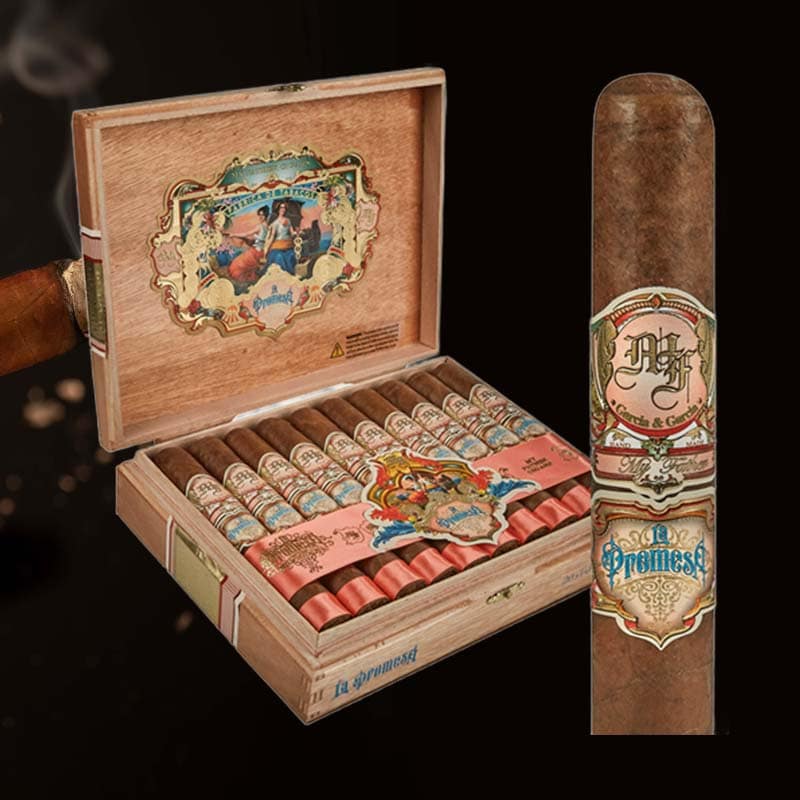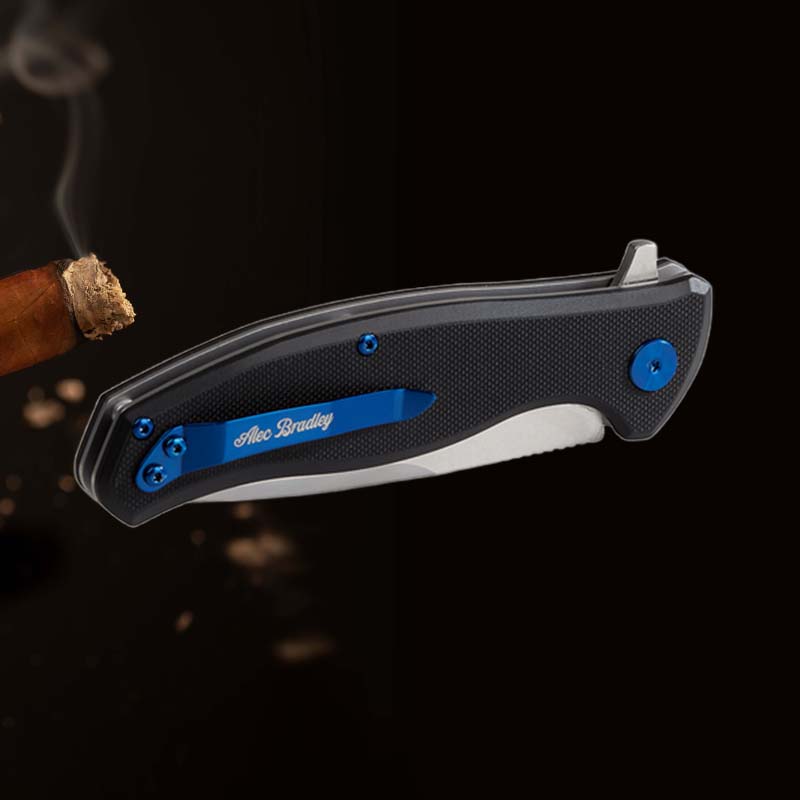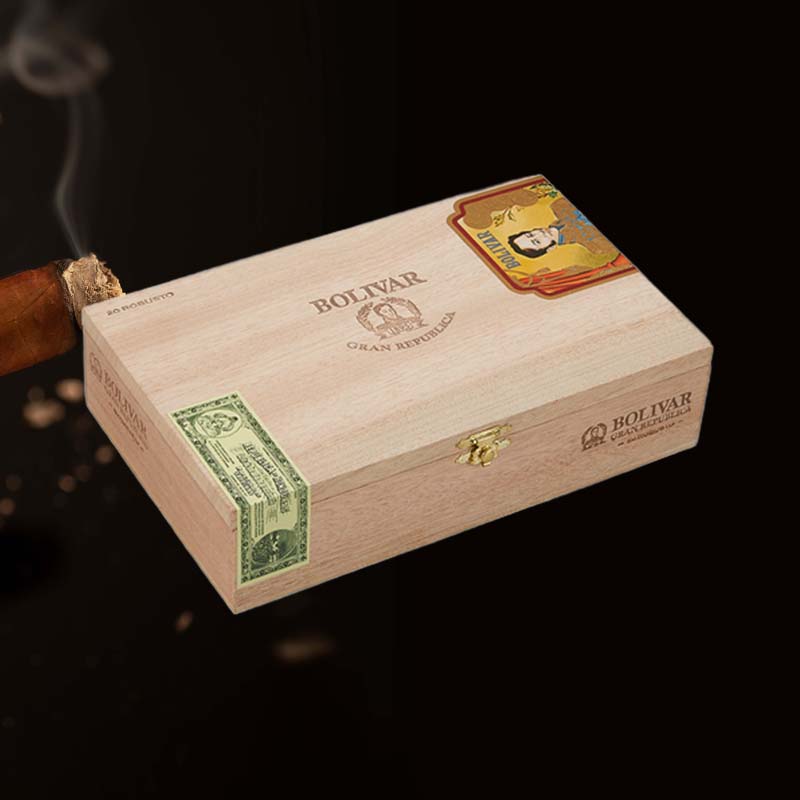Torch won't light after refill
Troubleshooting Your Torch After Refilling
Have you ever found yourself in a situation where your trusty torch won’t light after you’ve painstakingly refilled it? I know I have, and the frustration is real! As someone who enjoys using a torch for everything from lighting cigars to culinary creations, the feeling of helplessness as I wrestle with a seemingly simple device can quickly ruin my mood. In this guide, I’ll walk you through the troubleshooting steps that have helped me get my torch back in action.
Understanding Common Issues
First things first, it’s important to understand that there can be several reasons behind a torch refusing to ignite. Reflecting on my experiences, I can categorically say that those moments of confusion often stem from one or more underlying problems.
Why Your Torch Might Not Light After Refilling

As I delved deeper into the mysteries of torch operation, I discovered that several common issues could prevent a torch from lighting once it’s been refilled. Here’s what I learned:
Butane Lack or Quality Issues
One of the first things I realized was that not all butane is created equal. If my torch wasn’t lighting, I often found that either there was insufficient fuel, or I had used inferior quality butane. Trust me, using high-quality fuel is paramount for performance.
How to Properly Refill Your Torch

Having experienced the inconveniences of improper refilling, I now follow a meticulous process to ensure my torch operates perfectly. Here’s a step-by-step guide:
Step-by-Step Refilling Instructions
- Ensure the torch is empty: Press the ignition until the flame goes out to depressurize.
- Find a clean, flat surface: Avoid areas where the torch could slip and cause accidents.
- Use high-quality butane: I always buy from trusted brands.
- Refill with the nozzle inverted: This prevents air from entering the tank.
- Wait at least 10 minutes: Allow the fuel to stabilize before attempting to ignite.
Essential Maintenance Tips

Like any tool, my torch needs some TLC from time to time. Here’s how I keep mine in tip-top shape:
Cleaning the Torch Jets
I often inspect and clean the torch jets regularly. A simple soft brush can remove any debris that might block the flow of butane.
Check for Common Issues
Could a minor adjustment be the answer? I’ve learned that small tweaks can often make a big difference.
Flame Adjustment Settings
I remember the time I struggled with a low flame. A quick check and adjustment of the flame settings revealed the solution. Make sure to set your torch to the desired flame height for optimal performance.
Diagnosing the Problem

On my journey to enlightenment, I’ve become a detective of sorts when my torch acts up.
Check the Flint and Ignition Source
Sometimes, it’s as simple as a faulty flint. I’ve learned to routinely check and replace worn-out flints to ensure a spark happens every time.
Air Trapped in Fuel Lines
Air trapped in the lines can be a sneaky saboteur. I’ve faced this challenge more than once.
How to Bleed the Torch
To bleed my torch, I press the refill valve (the one I used to fill it) until I hear a hissing sound, indicating the release of trapped air.
Is Your Torch Overfilled?

Experience has taught me that sometimes I can be too generous with fuel.
Signs of Overfilled Butane Tanks
- Liquid butane leaks from the refill port.
- The flame is erratic or unstable.
- Difficulty igniting the torch at all.
Inspecting for Clogs

On occasion, I’ve found that stubborn clogs can ruin a perfectly good evening.
How to Identify and Clean Clogs
I use a small, soft brush to gently clean out the ports. A stubborn clog can sometimes be cleared by carefully poking it with a needle.
Waiting After Refilling

Patience really is a virtue! I’ve learned that letting my torch settle after a refill can have amazing benefits.
Why You Should Let Your Torch Settle
The vapors need time to stabilize, which has saved my torch from unnecessary stress. Waiting at least 10-15 minutes is my go-to practice now.
Ensuring Fuel Quality
As I said, not all butanes are equal. This aspect is crucial for torch performance.
Use High-Quality Butane for Optimal Performance
I only use refined butane. While it may cost a bit more, the peace of mind and performance are worth it.
Adjusting Fuel Levels

Fuel levels can greatly influence the operation of my torch.
Setting Your Torch’s Fuel Adjustment
With a simple turn of the adjustment knob, I can fine-tune the amount of fuel flowing to get the flame just right.
When to Seek Professional Help
There are times when I have to admit defeat and call in the pros.
Signs That Indicate a Need for Repair
If my torch exhibits constant issues despite repeated troubleshooting, I’ve learned that it might be time for a professional inspection.
5 Common Issues That Prevent Your Torch from Lighting

From my experiences, I compiled a list of common issues that I’ve faced more times than I can count:
Solutions to Get Your Torch Working Again
- Check if it’s overfilled – drain some butane.
- Inspect the igniter for wear – replace if necessary.
- Look for clogs in the jets – clean them out.
- Ensure adequate butane supply – refill as needed.
- Adjust the flame settings – tweak until it ignites.
FAQ

Why won’t my torch lighter work after refilling?

There could be multiple reasons, including overfilling, air in the fuel lines, or clogs. Performing a thorough check of each aspect often leads to a solution.
Why is my torch not lighting?
A blocked jet, empty fuel tank, or ignition issues could cause this. Always check these elements first to diagnose the problem.
How do you clear a clogged butane torch?

You can clear a clogged torches by gently cleaning the jets with a soft brush or carefully poking out any debris with a needle.
How to burp a torch lighter?
To burp your torch, simply press the refill valve to release trapped air. This should be done before refilling the torch to ensure optimal performance.
